When shopping for bathtubs, you will discover they come in a range of materials. But which is right for you?
At Empava, all our bathtubs are acrylic, and there are good reasons for this. Still, each material carries its own benefits. Understanding their strengths and weaknesses ensures you have the tub that works best for you.
In this article, we compare acrylic against other popular materials using common buying factors that tub owners prioritize today. You'll gain a clear understanding of each option to ensure you make the right choice.
What Are Acrylic Bathtubs?

Acrylic bathtubs are molded sheets of acrylic plastic reinforced with fiberglass for added durability. The material is lightweight yet sturdy, and the smooth, non-porous surface is comfortable and resistant to mildew and staining. The material also feels warmer to the touch than other bathtub materials.
The glossy surface gives the bathtub a sleek, contemporary look, which works perfectly for today's modern homes, yet it also works for other home styles. Acrylic can be shaped easily, making it a go-to choice for tub designers and manufacturers.
Now that we've explained what acrylic is, let's compare it to the most popular alternatives in the market: fiberglass, cast iron, and porcelain.
Acrylic vs Fiberglass Tub
What is a Fiberglass Bathtub?
A fiberglass bathtub is made of layers of fine glass fibers and resin. It is sometimes added onto acrylic tubs. It is a lightweight material typically coated with a gel coat layer for a smooth finish. Due to its light weight, fiberglass is easy to install, making it a go-to choice for budget-conscious homeowners or DIYers. Fiberglass is also one of the more affordable options for bathtub materials.
Fiberglass does bring some challenges on its own. The material is relatively soft and becomes less durable over time than other bathtub materials. The surface is prone to cracking, fading, and general wear, especially when used often or cleaned with harsh products.
Comparison: Acrylic vs Fiberglass Bathtub
Is a fiberglass tub lighter than an acrylic tub? Yes, when used on its own. It is also less expensive, but these benefits come at a cost. Acrylic is more durable because it is reinforced, and the material resists damage better. Acrylic also offers a smoother and more consistent finish. In contrast, fiberglass can develop uneven textures over time as the gel coat wears down. These factors make acrylic a better value for buyers over the long term.
Cast Iron vs Acrylic Bathtub
What is a Cast Iron Bathtub?
Cast iron bathtubs are made by pouring molten iron into a mold and then coating the surface with a thick layer of enamel. These tubs are incredibly heavy and highly durable, capable of withstanding decades of use with minimal wear. The enamel finish gives cast iron tubs a glossy, smooth surface and is resistant to scratches and dents.
The biggest benefit of cast iron is its heat retention, making it ideal for those who enjoy long, relaxing soaks. However, the weight of cast iron makes it difficult to install, often requiring reinforced floors and professional installation.
Comparison: Cast Iron and Acrylic
The differences between the two are the weight and ease of installation. Acrylic is much lighter, allowing for easier, less costly, and more flexible installations without the need for reinforcement.
Regarding surface durability, cast iron's enamel is highly resistant to damage, but chips can be tricky and expensive to repair. Acrylic offers a more affordable option with a smooth finish. However, it doesn't have the same heat retention properties as cast iron.
Porcelain Bathtub vs Acrylic
What is a Porcelain Bathtub?
A porcelain bathtub is typically made by coating steel or cast iron with a layer of porcelain enamel. This gives the bathtub a glossy, smooth finish for a more jeweled, high-end look while allowing heat retention.
Porcelain is a highly durable material, resisting most scratches and chemicals, but it is also prone to chipping if a heavy object is dropped onto it. It is also quite heavy, especially when built on a cast iron base, making installing it difficult and expensive.
Creating steel and iron tubs is more complex than other materials, so typically, porcelain bathtubs are designed in enduring, traditional styles.
Comparison: Porcelain and Acrylic
The differences come down to weight, durability, and style. Porcelain bathtubs, particularly those with cast iron bases, are significantly heavier than acrylic tubs, making installation more complex and expensive. Acrylic, being lightweight, is easier to install and doesn't require the same structural support.
Also, porcelain is prone to chipping, and repairs can be expensive. Acrylic is less damage-resistant but can be repaired more easily if scratched.
With acrylic, you also aren't trapped in one style. Acrylic allows for more design flexibility, offering a more comprehensive range of shapes and sizes for today's modern homes.
Quick Comparison: Acrylic vs. Fiberglass vs. Porcelain vs. Cast Iron
Here is a clear breakdown of traits buyers prioritize when buying a bathtub:
| Feature | Acrylic | Fiberglass | Cast Iron | Porcelain |
| Durability | High (resists chipping and cracking) | Moderate (prone to scratches and fading) | Extremely high (virtually indestructible) | Very high (scratch-resistant, but can chip) |
| Weight | Lightweight | Very Lightweight | Extremely heavy (requires professional installation) |
Heavy |
| Cost | Mid-range | Budget-friendly | High (due to weight and material) | High |
| Installation | Easy, DIY-friendly | Very easy, ideal for DIY | Difficult, requires professional help | Difficult, requires professional help |
| Maintenance | Low (scratches can be buffed out) | Moderate (regular cleaning needed) | Low (virtually maintenance-free, but chips are hard to repair) | Moderate (prone to chipping, but durable) |
| Aesthetic Options | Wide variety of colors and shapes | Limited options | Traditional look, mostly limited to white finishes | Classic, high-end finish |
| Heat retention | Good (comfortable for long soaks) | Poor (cooler to the touch) | Excellent (retains heat better than any other material) | Excellent (holds heat well) |
Why Acrylic is Our Choice at Empava

At Empava, we focus tightly on tub traits that customers value today. Acrylic smooth surface is a popular choice for today's homeowners who seek a balance of style, durability, and ease of maintenance. The material is also easy to shape, allowing us to create a range of designs from modern to traditional, and in all styles (i.e., an acrylic freestanding tub)
Acrylic is more practical than heavier materials like cast iron and porcelain. It is easier to install, requires less maintenance, and still delivers the sleek, glossy finish many homeowners love.
While materials like fiberglass are more affordable, they lack the longevity and resilience that acrylic provides. All these benefits combined make acrylic an ideal option for modern homes.
The Right Material for You
The right material depends on your priorities. Still, acrylic bathtubs offer a versatile, durable option that balances modern design with long-term functionality. It is the standout material of choice if you are looking for a stylish tub in a broader range of designs that is also easy to install while resisting daily wear and tear.
See the Full Range of Tub Designs by Empava
Since all of our tubs are made with acrylic material, we can produce engaging, cutting-edge designs that meet the aesthetic needs of today's shoppers. The material also allows us to stretch our creative boundaries to offer designs in sizes, shapes, and even clear sides to suit a range of home bathroom sizes and styles. We can customize the tubs easily, allowing you to have the proper drain placement and jet features that are truly right for you.
Check out our full selection of tubs here.


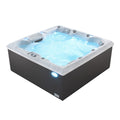
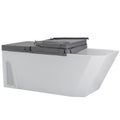
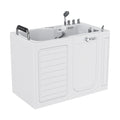
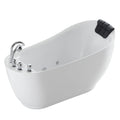
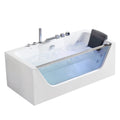
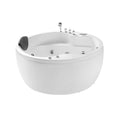
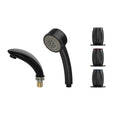
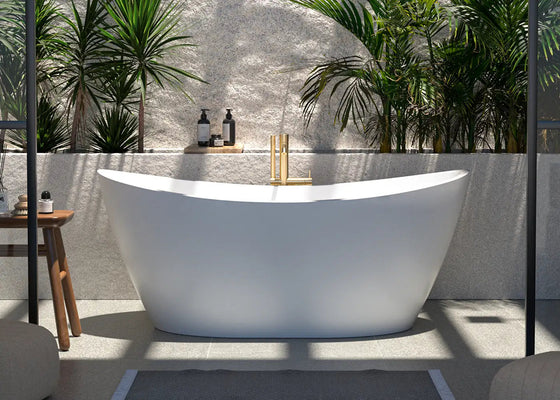
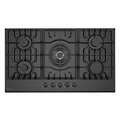
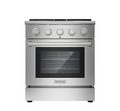
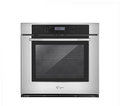


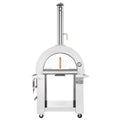
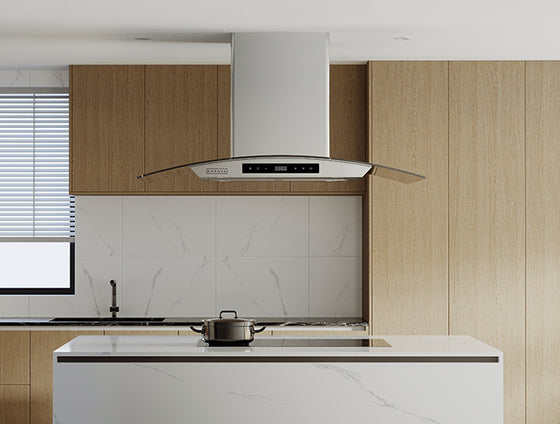

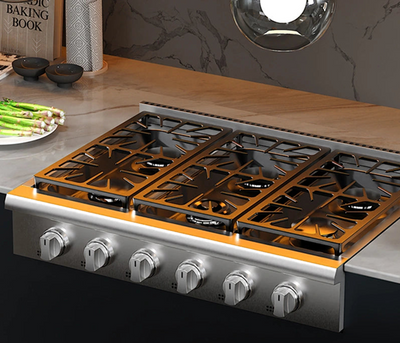
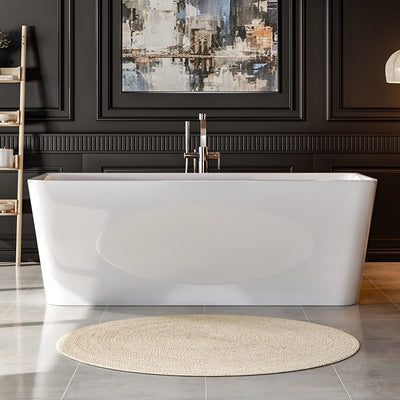


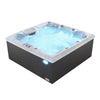
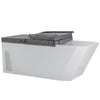
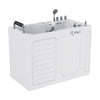
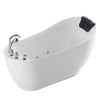
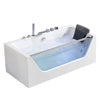
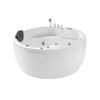
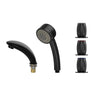
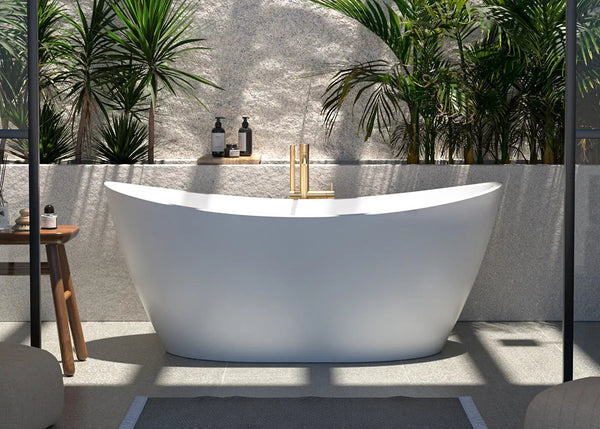



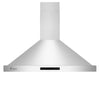
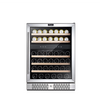
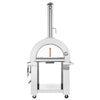
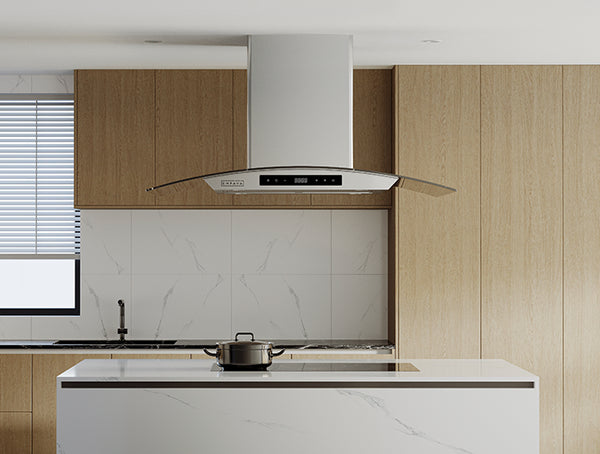
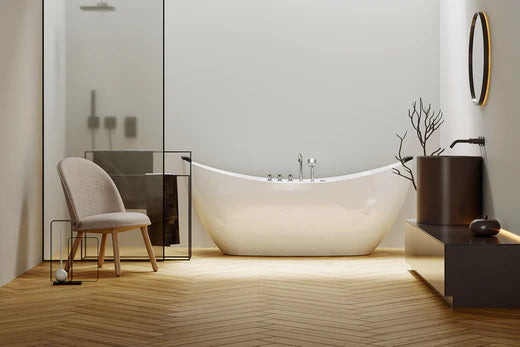
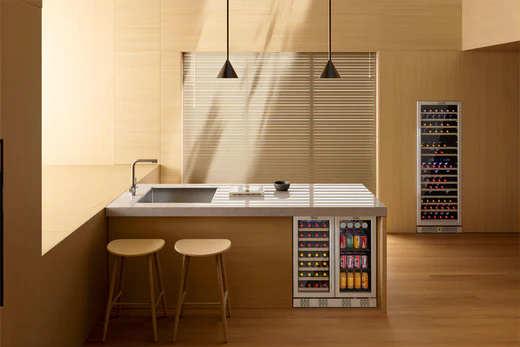

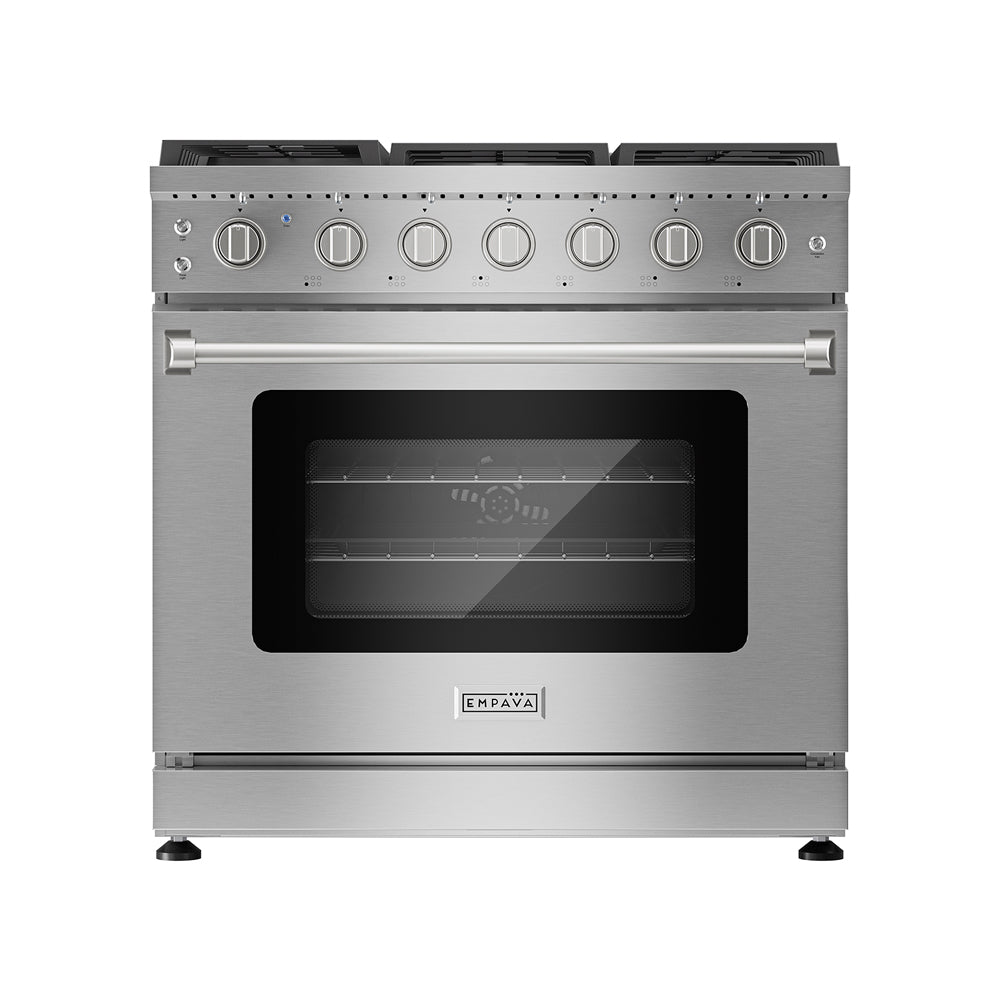
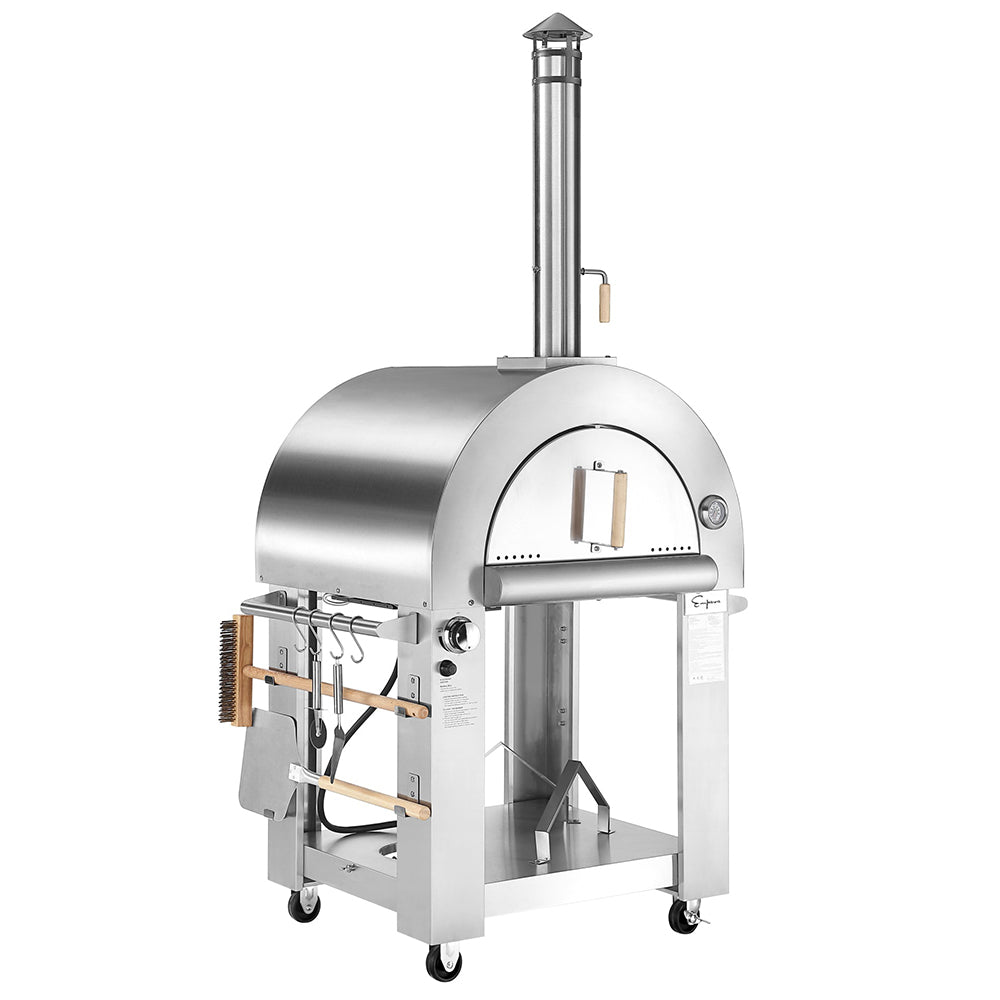

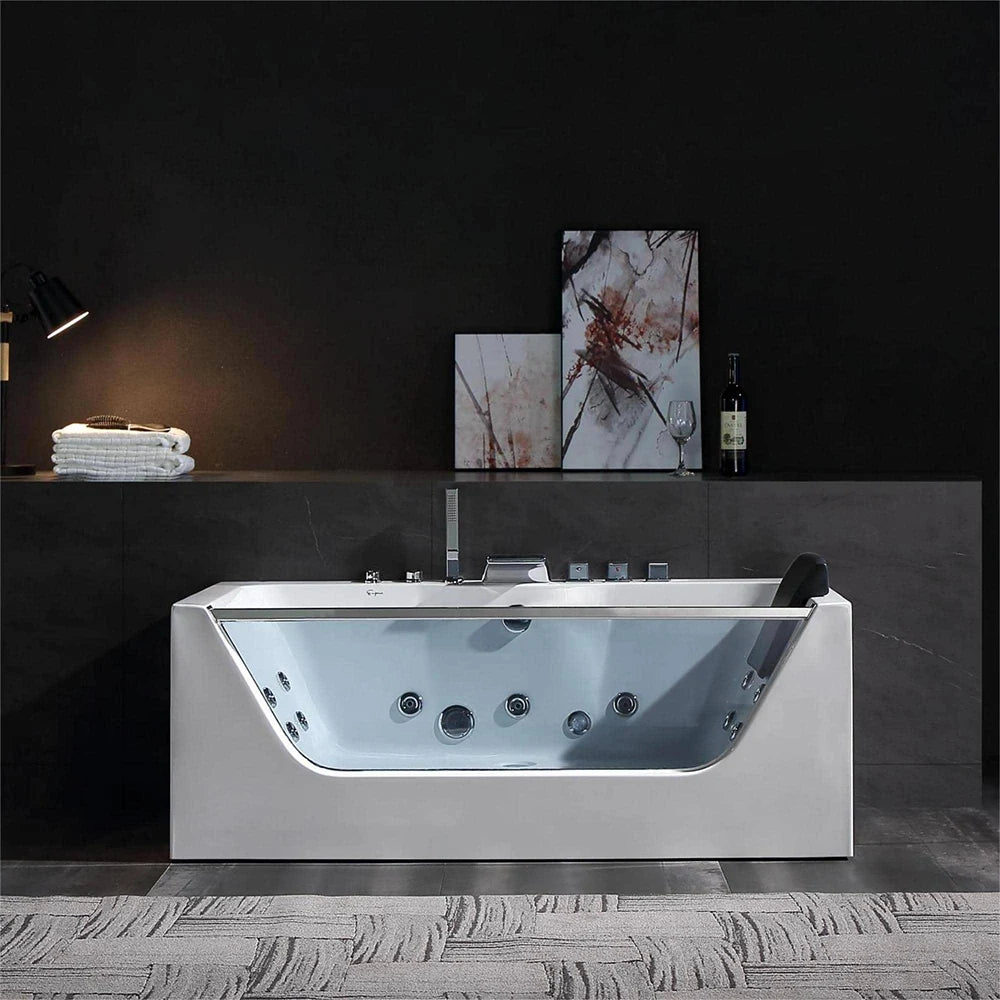
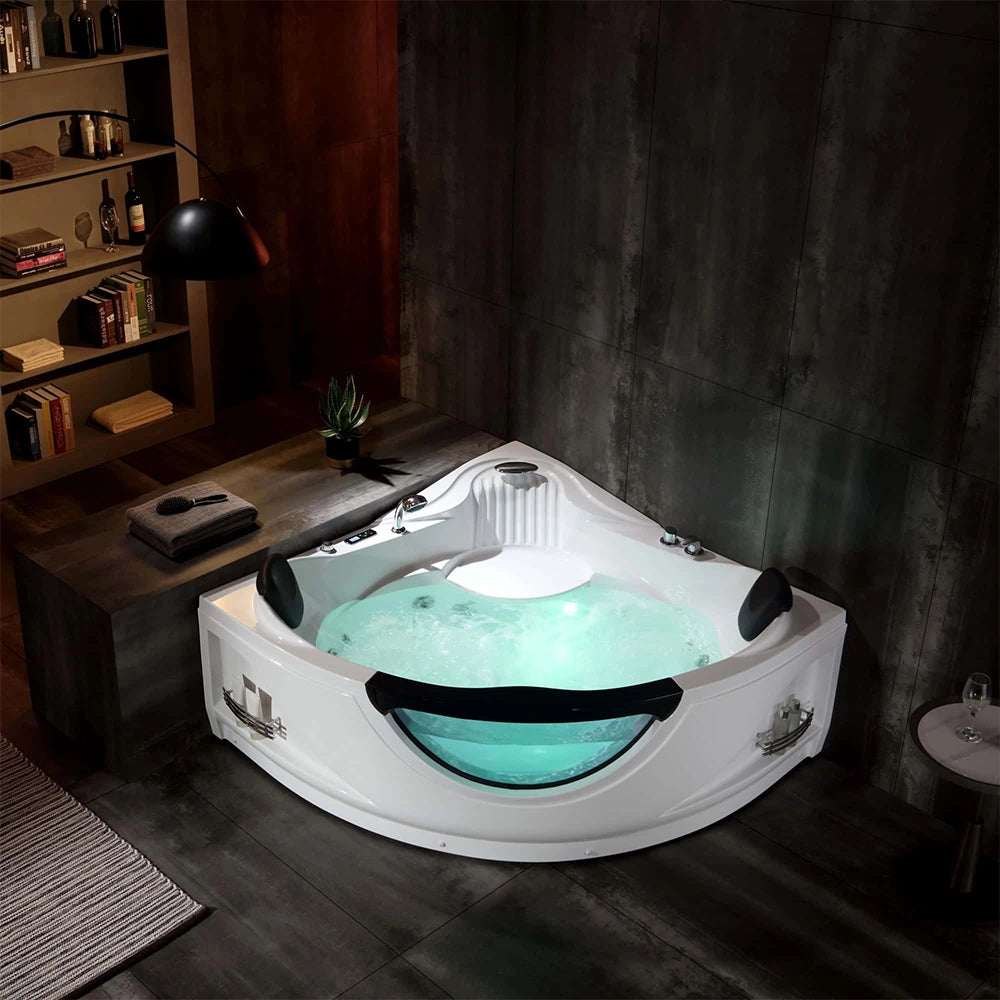
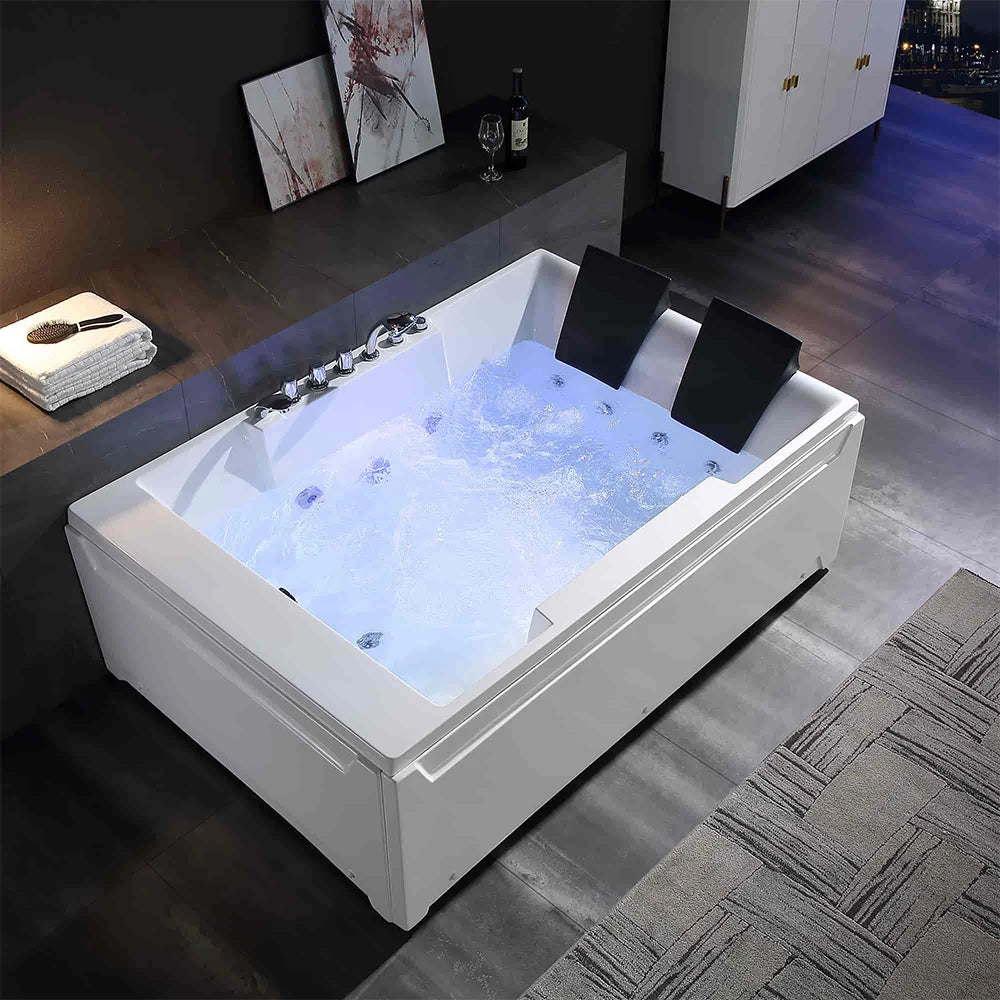
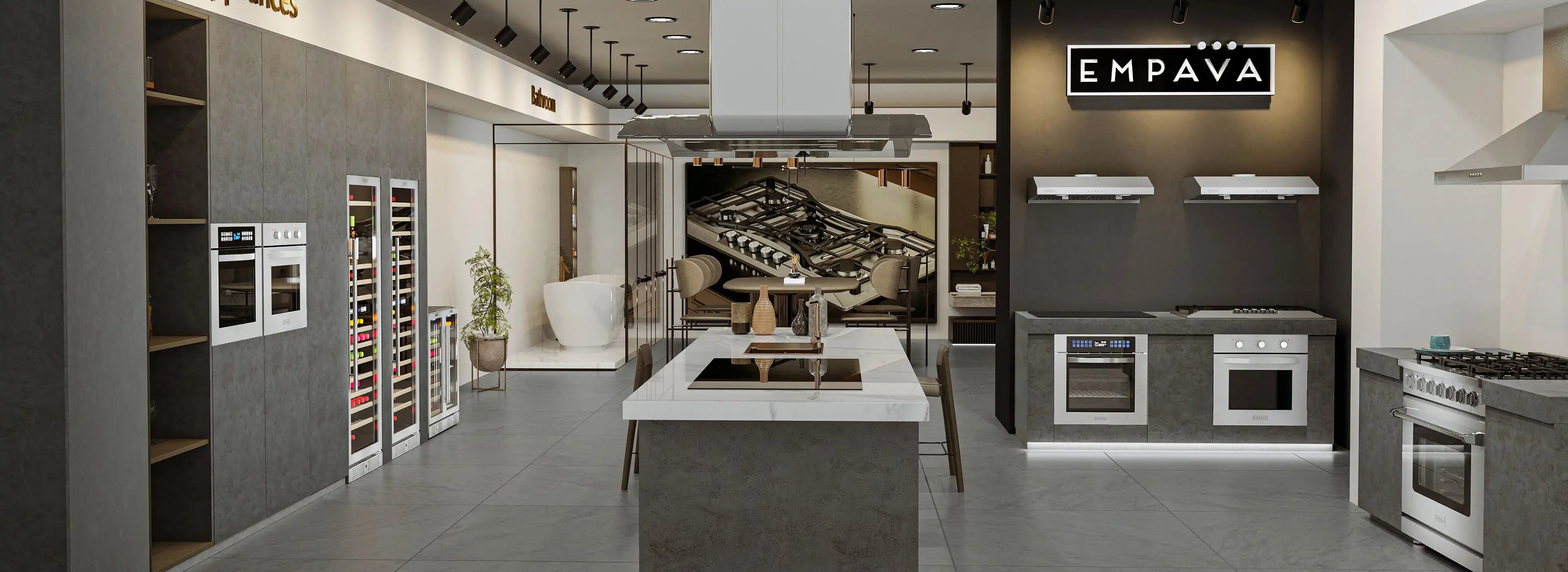
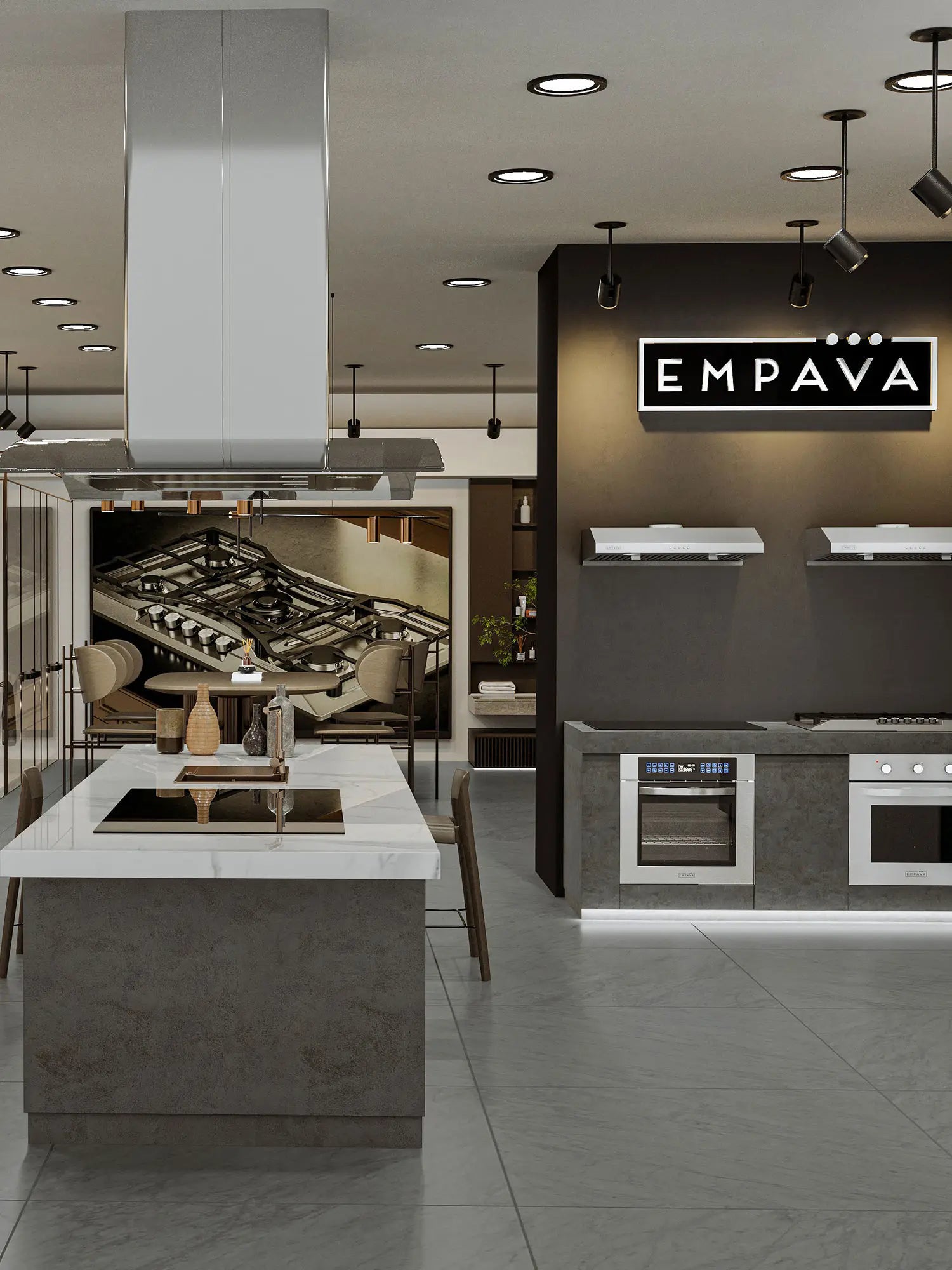

 added to cart
added to cart
 Select A Custom Kitchen Tool Set
Select A Custom Kitchen Tool Set